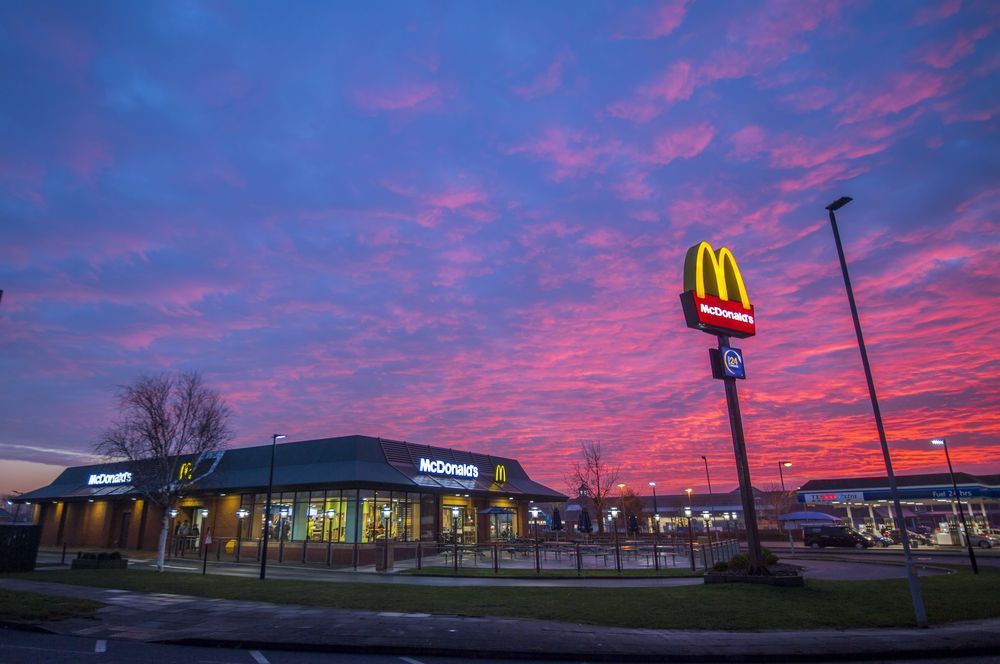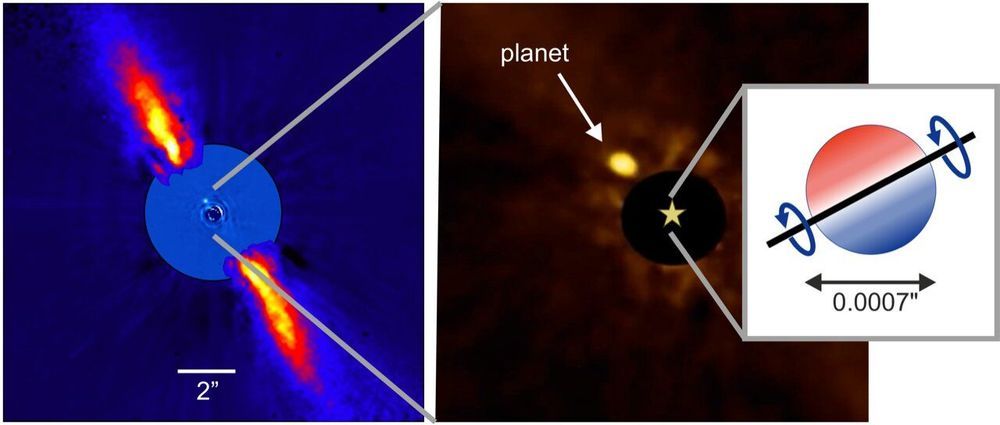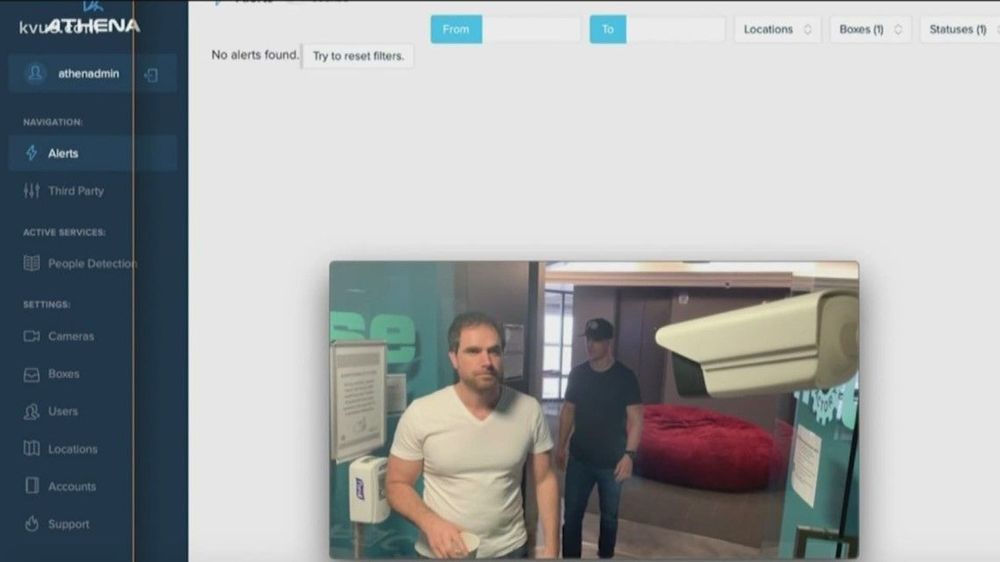View detailed pictures that accompany our GM Defense Chevy Colorado ISV and Ricardo Ford Ranger Demonstrator article with close-up photos of exterior and interior features. (14 photos)
Engineers are turning to generative design algorithms to build components for NASA’s next-generation space suit—the first major update in decades.
Cheaper modules brought solar plants into the energy mainstream. Longer operating lives are making them better investments.
The Tata Nexon EV’s approach – reduced range, less power, and basic amenities – could bring the price down to $14,000 after incentives.
The Chinese government is taking draconian measures to slash birth rates among Uighurs and other minorities as part of a sweeping campaign to curb its Muslim population, even as it encourages some of the country’s Han majority to have more children.
While individual women have spoken out before about forced birth control, the practice is far more widespread and systematic than previously known, according to an AP investigation based on government statistics, state documents and interviews with 30 ex-detainees, family members and a former detention camp instructor. The campaign over the past four years in the far west region of Xinjiang is leading to what some experts are calling a form of “demographic genocide.”
The state regularly subjects minority women to pregnancy checks, and forces intrauterine devices, sterilization and even abortion on hundreds of thousands, the interviews and data show. Even while the use of IUDs and sterilization has fallen nationwide, it is rising sharply in Xinjiang.
\t\t\tJournalists in 50+ countries follow the constant flow of money made and lost in oil & gas while.
\t\t\ttracking emerging trends and opportunities in the future of energy. Don’t miss our exclusive.
\t\t\tnewsletter, Energy Source.
\t\t.
Astronomers have made the first measurement of spin-orbit alignment for a distant ‘super-Jupiter’ planet, demonstrating a technique that could enable breakthroughs in the quest to understand how exoplanetary systems form and evolved.
An international team of scientists, led by Professor Stefan Kraus from the University of Exeter, has carried out the measurements for the exoplanet Beta Pictoris b—located 63 light years from Earth.
The planet, found in the Pictor constellation, has a mass of around 11 times that of Jupiter and orbits a young star on a similar orbit as Saturn in our solar system.
There are risks and rewards for any kind of new weapon, and how the Air Force buiilds its next plane is a big question.
By Kris Osborn
Should the Air Force and Navy prioritize the engineering of an entirely new platform with paradigm-changing technologies for a 6th-Generation fighter, or simply keep upgrading the state of the art 5th-Gen aircraft in the near term?
The founders of Athena Security told KVUE the thermal imaging camera can scan 1,000 people per hour, letting them know instantly if you have a fever.









